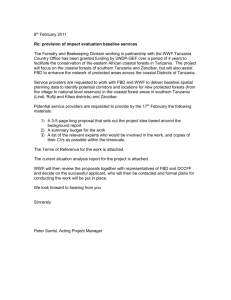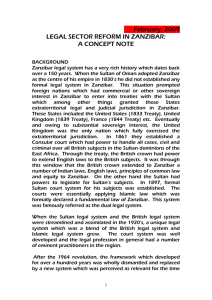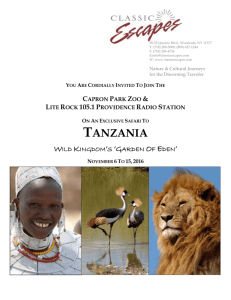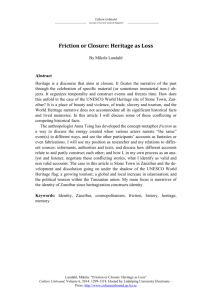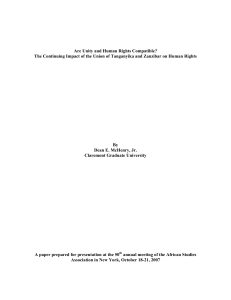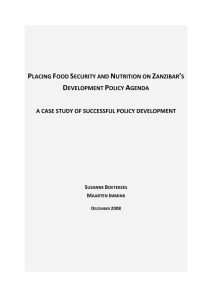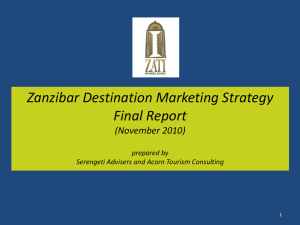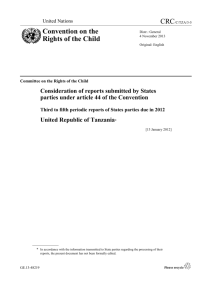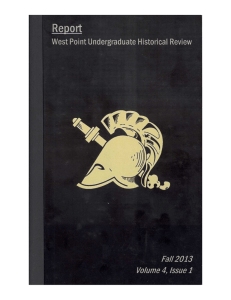TANZANIA - MSMUNatUNAGB
advertisement
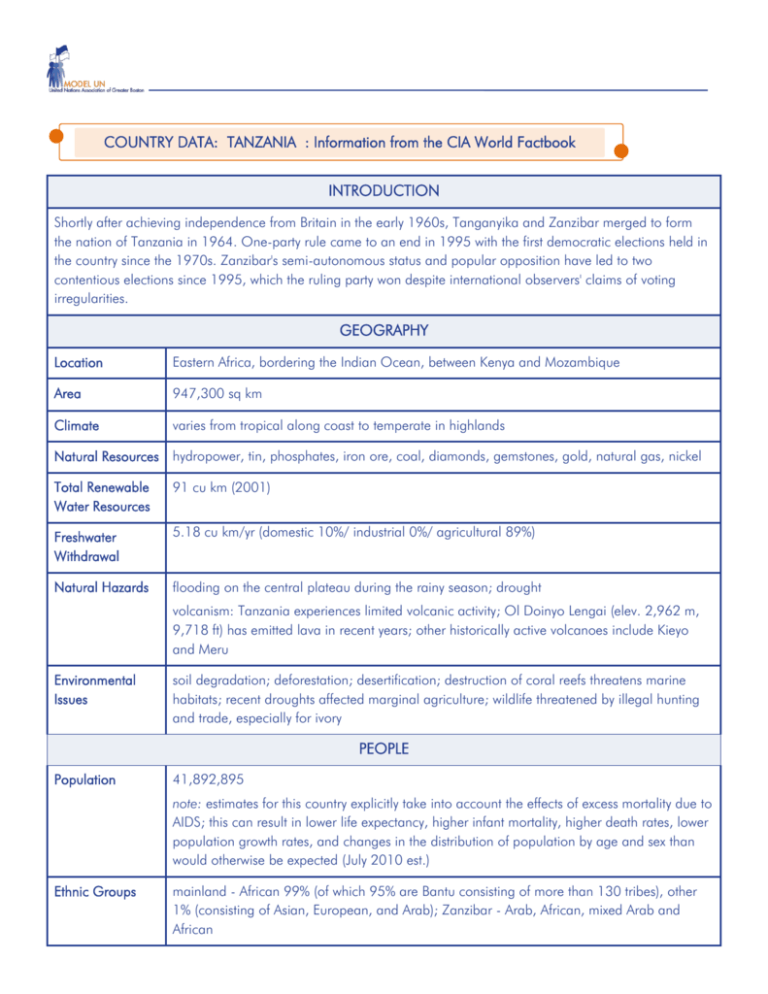
COUNTRY DATA: TANZANIA : Information from the CIA World Factbook INTRODUCTION Shortly after achieving independence from Britain in the early 1960s, Tanganyika and Zanzibar merged to form the nation of Tanzania in 1964. One-party rule came to an end in 1995 with the first democratic elections held in the country since the 1970s. Zanzibar's semi-autonomous status and popular opposition have led to two contentious elections since 1995, which the ruling party won despite international observers' claims of voting irregularities. GEOGRAPHY Location Eastern Africa, bordering the Indian Ocean, between Kenya and Mozambique Area 947,300 sq km Climate varies from tropical along coast to temperate in highlands Natural Resources hydropower, tin, phosphates, iron ore, coal, diamonds, gemstones, gold, natural gas, nickel Total Renewable Water Resources 91 cu km (2001) Freshwater Withdrawal 5.18 cu km/yr (domestic 10%/ industrial 0%/ agricultural 89%) Natural Hazards flooding on the central plateau during the rainy season; drought volcanism: Tanzania experiences limited volcanic activity; Ol Doinyo Lengai (elev. 2,962 m, 9,718 ft) has emitted lava in recent years; other historically active volcanoes include Kieyo and Meru Environmental Issues soil degradation; deforestation; desertification; destruction of coral reefs threatens marine habitats; recent droughts affected marginal agriculture; wildlife threatened by illegal hunting and trade, especially for ivory PEOPLE Population 41,892,895 note: estimates for this country explicitly take into account the effects of excess mortality due to AIDS; this can result in lower life expectancy, higher infant mortality, higher death rates, lower population growth rates, and changes in the distribution of population by age and sex than would otherwise be expected (July 2010 est.) Ethnic Groups mainland - African 99% (of which 95% are Bantu consisting of more than 130 tribes), other 1% (consisting of Asian, European, and Arab); Zanzibar - Arab, African, mixed Arab and African Religions mainland - Christian 30%, Muslim 35%, indigenous beliefs 35%; Zanzibar - more than 99% Muslim Languages Kiswahili or Swahili (official), Kiunguja (name for Swahili in Zanzibar), English (official, primary language of commerce, administration, and higher education), Arabic (widely spoken in Zanzibar), many local languages note: Kiswahili (Swahili) is the mother tongue of the Bantu people living in Zanzibar and nearby coastal Tanzania; although Kiswahili is Bantu in structure and origin, its vocabulary draws on a variety of sources including Arabic and English; it has become the lingua franca of central and eastern Africa; the first language of most people is one of the local languages Literacy Rate definition: age 15 and over can read and write Kiswahili (Swahili), English, or Arabic total population: 69.4% male: 77.5%; female: 62.2% (2002 census) Major Infectious Diseases degree of risk: very high food or waterborne diseases: bacterial diarrhea, hepatitis A, and typhoid fever vectorborne diseases: malaria and plague water contact disease: schistosomiasis animal contact disease: rabies (2009) HIV/AIDS adult prevalence rate 6.2 %; 1.4 million people living with HIV/AIDS; 96,000 people died (2007 est.) GOVERNMENT Type republic Independence 26 April 1964; Tanganyika became independent 9 December 1961 (from UK-administered UN trusteeship); Zanzibar became independent 19 December 1963 (from UK); Tanganyika united with Zanzibar 26 April 1964 to form the United Republic of Tanganyika and Zanzibar; renamed United Republic of Tanzania 29 October 1964 Constitution 25 April 1977; major revisions October 1984 Legal System based on English common law; judicial review of legislative acts limited to matters of interpretation; has not accepted compulsory ICJ jurisdiction ECONOMY Agricultural Products coffee, sisal, tea, cotton, pyrethrum (insecticide made from chrysanthemums), cashew nuts, tobacco, cloves, corn, wheat, cassava (tapioca), bananas, fruits, vegetables; cattle, sheep, goats Industries agricultural processing (sugar, beer, cigarettes, sisal twine); diamond, gold, and iron mining, salt, soda ash; cement, oil refining, shoes, apparel, wood products, fertilizer Import commodities consumer goods, machinery and transportation equipment, industrial raw materials, crude oil Import Partners India 13.97%, China 13.71%, South Africa 7.8%, Kenya 6.89%, UAE 4.65%, Japan 4.34% (2009) Export Commodities gold, coffee, cashew nuts, manufactures, cotton Export Partners India 8.51%, China 7.55%, Japan 7.12%, Netherlands 6.21%, UAE 5.71%, Germany 5.17% (2009) Per Capita GDP $1,500 (2010 est.) Population below poverty line 36% (2002 est.) *CITATIONS: All information included above is extracted from the CIA World Factbook except where noted. Country Data: Information from Human Development Report COUNTRY: UNITED REPUBLIC OF TANZANIA General Life Expectancy at Birth (in years) 56.9 years Average number of years in School (in years) 5.1 years Gross National Income Per Capita (In US Dollars) $1,344 Gender Inequality Female Seats in Parliament (%) 30.4% Population with at least a Secondary Education Female (% 0f 25 and older) N/A Population with at least a Secondary Education Male (% 0f 25 and older) N/A Labor Force Participation Female (%) 88.8% Labor Force Participation Male (%) 91.1% Births Attended by Skilled Health Professionals (%) 46% Poverty Population surviving on $1.25 per day (%) 88.5% Empowerment Number of Journalists Imprisoned 0 Corruption Victims (% of people who face a bribe situation in the last year) Political Engagement (% percent of people who voiced opinion to public officials) 27% 32% Sustainability Fossil Fuels as Primary Energy Source (%) 10% Renewable Resources as Primary Energy Source (%) 90% Population without Access to Water (%) 46% Population Without Access to Sanitation Services (%) 76% Population affected by natural disasters (% between 2000-2009) 0.01% Human Security Number of Refugees leaving this country 1,300 Number of Internally Displaced People in This Country N/A Prevalence of Undernourishment (%) 35% Demographics Urban Residents (% of total Population) 26.4% Health HIV Prevalence in Female Youth (% ages 15-24) 0.9% HIV Prevalence in Male Youth (% ages 15-24) 0.5% HIV Prevalence in Adults (% ages 15-49) 6.2% Other Official Development Assistance Per Capita (in US dollars) $54.90 Population without Electricity (%) 86.6%
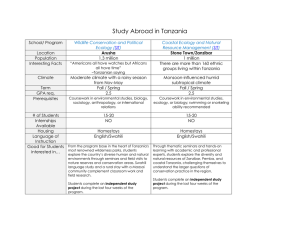
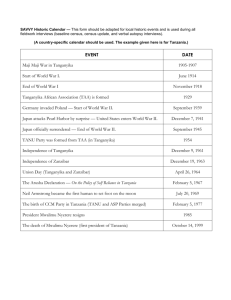
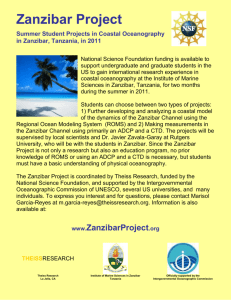
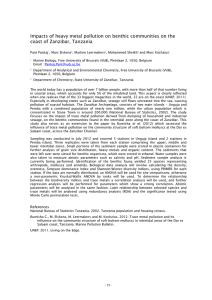
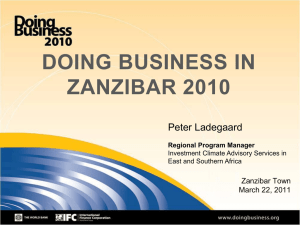
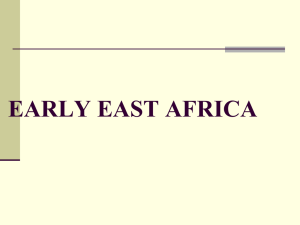
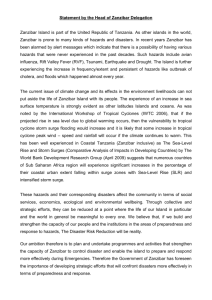
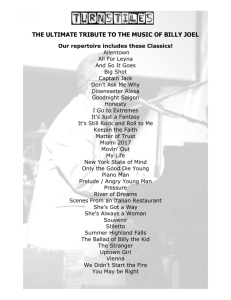



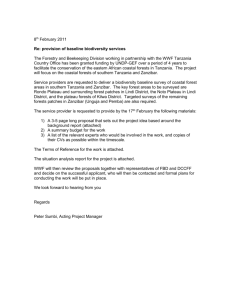
![Social protection agenda in Zanzibar [PPT]](http://s3.studylib.net/store/data/009285124_1-2f6289c99d1177ea8da43b975979159a-300x300.png)
